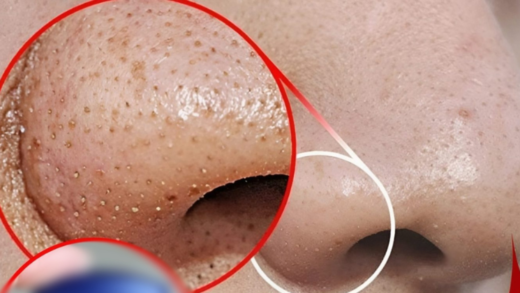Intermittent fasting (IF), according to a number of studies, encourages weight loss and enhances metabolic health, but its impact on bone health is unknown. Researchers recently summarized the research on the effects of different IF strategies, including the 5:2 diet, alternate day fasting (ADF), and time-restricted eating/feeding (TRE/TRF), on bone health. The British Journal of Nutrition publishes this review.
The MEDLINE database was used by the authors of this study to find pertinent articles up until September 30, 2022. Animal research as well as human observational and interventional studies in adult populations were used to evaluate the effect of IF on bone health.Short-term fasting is a relatively new phenomenon, despite the fact that it has been performed for centuries during holy occasions like Ramadan. This kind of fasting is also referred to as IF, and it has only recently become popular. It is a novel strategy for enhancing metabolic health and encouraging weight loss.
IF has swiftly gained popularity as a way to consume less calories. According to a recent survey, one in four US citizens have either tried or are considering using IF. Also, numerous research on IF showed that it significantly enhances blood lipid profiles, decreases blood pressure, and increases insulin sensitivity.
In contrast to conventional fasting, intermittent fasting (IF) involves daily energy limitation. In this scenario, total or significant energy restriction takes place within a set amount of time, and adequate. Finding out how IF affects various body systems, including the skeletal system, is crucial. Weight loss is linked to a drop in bone mass, which could have an impact on bone microstructure. Biomarkers, bone measures, or substitute endpoints can all be used to examine bone mass or density, strength, and structure.
A typical method for determining bone mineral content (BMC) and areal bone mineral density is dual-energy X-ray absorptiometry (DXA) (aBMD). pQCT, or peripheral quantitative computed tomography, is another method for calculating volumetric BMD and bone geometry (vBMD). To measure changes in the rates of bone production and resorption, researchers utilize bone turnover markers (BTMs).























